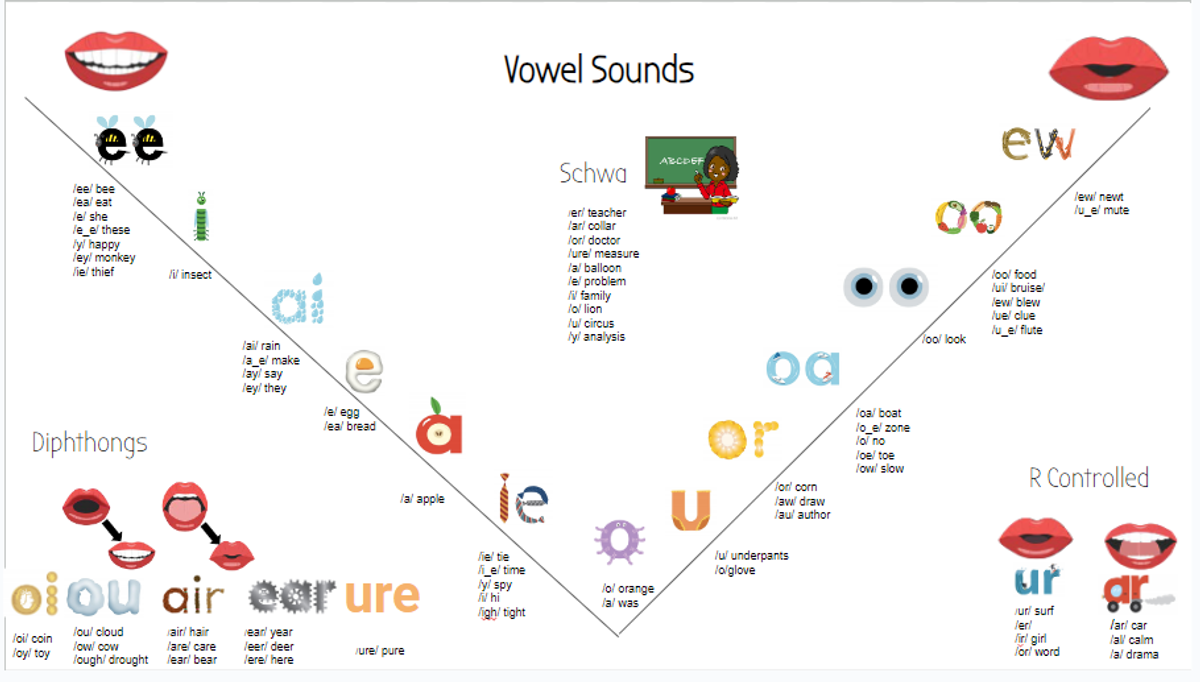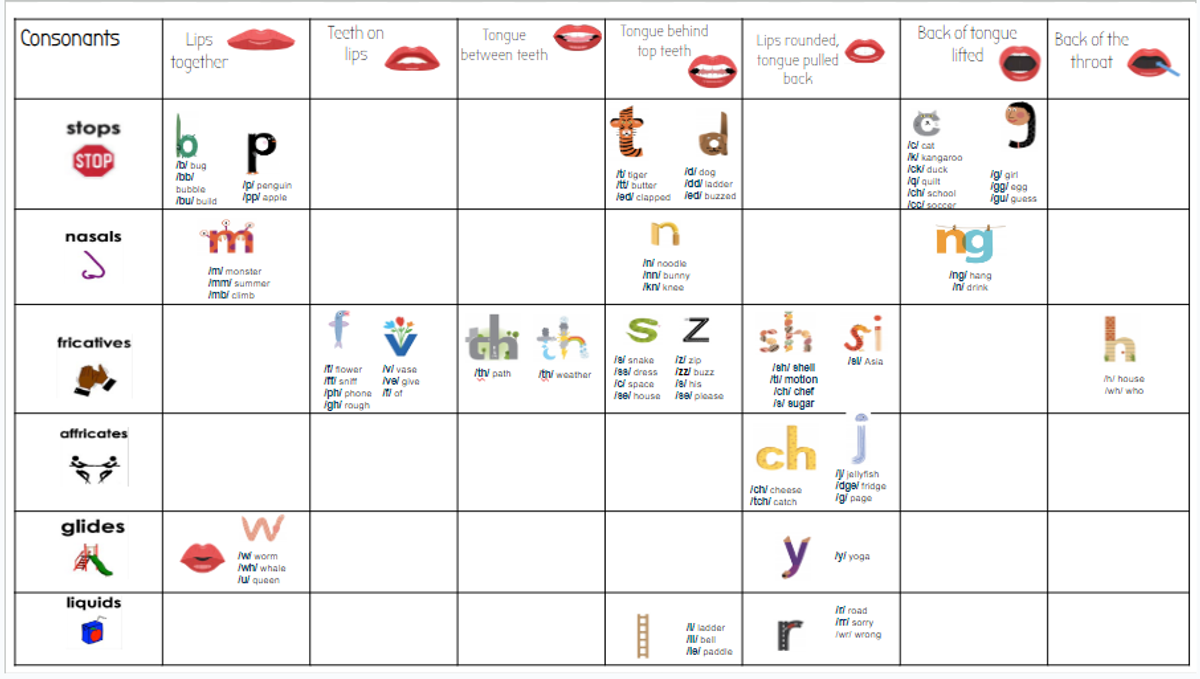Literacy and Numeracy News
BE INVOLVED, BE CONNECTED

Literacy and Numeracy News
BE INVOLVED, BE CONNECTED
The Science of Reading has been on the radio, across social media, in newspapers and popping up a lot more recently, but what does it really mean? The Science of Reading refers to a vast body of research on learning to read from cognitive science, linguistics, psychology, education, neurology and more. It is the consensus from thousands of empirically supported studies, about how humans learn to read, the skills required, and which parts of the brain are involved in literacy development. Simply, it is the best research that we know on how we learn to read and how we can support all of our students to read.
At SMPPS, we have already been incorporating many elements of the Science of Reading into our literacy curriculum, such as our structured synthetic phonics approach and our explicit teaching. This year with our AIP goal focused on reading, we have been diving into ways we can strengthen this practice, through the Simple View of Reading and Scarborough’s Reading Rope.
The Simple View of Reading is the equation:
Word Recognition x Language Comprehension = Reading Comprehension
The multiplication sign is present because when something is multiplied by zero, the answer is zero. If our students can’t decode, or if they don’t understand the vocabulary, or sentence then at least one side of the equation is 0 and the students aren’t comprehending what they read.
Scarborough’s Reading Rope allows us to unpack the subsets and skills of Word Recognition and Language Comprehension, and how they weave together as we become increasingly strategic and automatic to become skilled readers. Over the term, we will share with you elements of the reading rope and how you can support these skills at home.
WHAT YOU CAN DO AT HOME:




HOME READERS
At SMPPS in Grade 1 and 2, we are transitioning away from levelled readers to decodable readers for home reading. The decodable readers will be categorised into phases instead of levels, which will be based on the student's letter-sound knowledge and their ability to apply their knowledge when decoding words. This change is based on the Science of Reading, and the importance of helping students to succeed in reading by learning how to decode accurately. We still encourage children and families to borrow and read a range of literature and texts from the SMPPS Library, the local library and from the books they have at home, to ensure that high-quality and diverse literature are read, discussed, analysed and treasured.
UNPACKING SCARBOURH’S READING ROPE - PHONOLOGICAL AWARENESS


Phonics is a way of teaching children how to read and write. It helps children hear, identify and use different sounds that distinguish one word from another word. The English language has 26 letters but 44 unique sounds, each with lots of different ways to spell them.
Written language can be compared to a code, so knowing the sounds of individual letters and how those letters sound when they’re combined will help children decode words as they read. Understanding phonics will also help children know which letters to use when they are writing words. Phonics involves matching the sounds of spoken English with individual letters or groups of letters. For example, the sound k can be spelled as c, k, ck or ch.
Teaching children to blend the sounds of letters together helps them decode unfamiliar or unknown words by sounding them out. This means that if a child is introduced to the sounds /m/ /s/ /a/ /t/ they can quickly read the words at, mat, sat, am, Sam etc.
At SMPPS we teach our students using a synthetic phonics approach which is supported by the Science of Reading. Synthetic Phonics is an evidence-based, structured approach to teaching children to read. This method of reading helps children to learn the relationships between the sounds (phonemes) of spoken language and the letter symbols (graphemes) of the written language. Being able to match the speech sounds with their corresponding letter symbol or symbols helps children to simultaneously learn to read and spell words. The letters and sounds are taught across 6 phases. As students master one phase they move onto the next, allowing them to expand upon their existing knowledge. Students also explore what their mouths look like to make each of the sounds (phonemes). If students are able to form the sound correctly with their lips, teeth and tongue, they are better able to decode words when reading and make plausible spelling choices when writing.
Prep and Year 1 students also complement this learning with Cued Articulations, to support their understanding of what position our mouth and tongue need to be to form the sounds correctly. There is a set of hand cues for teaching the individual sounds in a word. The hand movements are logical – each hand movement represents one sound and the cue gives clues as to how and where the sound is produced. If you would like a further explanation, watch this video of Jane Passy, who developed cued articulation. Jane Passy Cued Articulation
SOUND WALLS


You may have seen that in every classroom space in the school, we have sound walls.
Based in the science of reading, sound walls in the classroom help to explicitly teach the skills of letter-sound correspondence.
The research behind the science of reading suggests that while learning to speak is, for most children, a very natural and intuitive process, the same is not true of reading. It simply doesn’t come naturally and so must be taught in a systematic and explicit way.
Sound walls help children isolate and identify the individual sounds that make up words and link how a word is spoken to how it is written and spelled.


TIPS FOR PARENTS TO SUPPORT PHONICS AND READING PRACTICE:
Learn the basics of phonics for yourself
Make sure that what you are practising with your child is consistent with what they are being taught at school by learning the principles of Synthetic Phonics for yourself. A good place to start is learning to say each letter sound (e.g. /s/ as in ‘sit’) correctly for
reading instead of using the letter name (e.g. ‘ess’) to identify a letter.
Look for opportunities to model phonics When you’re out and about, look for opportunities to demonstrate sound/letter correspondences such as on signs or on menus at restaurants. Demonstrate the sound and letter yourself and then ask your child to do the same. Make Phonics play fun, games with your child could include;
Ask questions
Once your child has successfully decoded a sentence, ask them questions about what they have just read. This will help them to build comprehension skills, which is another essential component of effective reading. You could ask questions like, ‘What do you think that means?’ or ‘What do you think will happen next?’.
Offer encouragement and praise
Build your child’s confidence by acknowledging when they have read successfully. Depending on your child’s reading skill, success could be making the correct sound for a letter or reading a complete sentence without assistance. If your child makes a mistake, acknowledge what they have done well and offer corrective feedback for them to try again. If your child is still beginning to learn some more complex letter/sound relationships, it can be helpful for you to segment and your child to blend the sounds to say the word. For example, the parent says /sh/o/p/ and the child says ‘shop’.
THE SCIENCE OF READING AND SIGN RECOGNITION
To set beginner readers up for success, the science of reading is clear on the importance of teaching students through systematic phonics and supporting students to sound out and blend each letter or grapheme when reading words. But what comes next?
We know as proficient readers that we no longer need to decode each sound and every word. Instead, when we read words come to us automatically, freeing our brain up from thinking about individual words, to thinking about the text as a whole. This process is called sight recognition and is an important next step for students as they become increasingly automatic with their word recognition skills.
Have a read of the list below and see, are there any words you can’t read automatically?
As proficient adult readers, we would be able to automatically recognise and read most of these words, our eyes flashing across the entire word, so quickly that we don’t recognise that we still scan every letter. Words which might be new, we might slow down and apply our decoding skills to ensure that we have accurately read the word - such as orthography.
Orthography is the art of writing and spelling words, according to the conventions of the language system. In English that’s recognising the difference between aisle and isle, right and write and common spelling rules, such as English words don’t end in a v. As readers see words multiple times, they begin to orthographically map words. That means they retain a word/letter string in their long term memory so that it can be read instantly, through immediate and effortless retrieval. This is not the same as memorising the shape of a word, as when readers have sight-recognition of a word they can recognise it in different fonts, in lower case and in capitals.
For example, we can easily read a word in our sight-recognition, even when it looks different:
SAID, said, said, said, said
Sight recognition is an important piece of word recognition, as it allows readers to read with fluency, accuracy and increasingly automaticity. Readers are able to shift their energy from reading the words on the page, to thinking about the words on the page and comprehending the text as a whole.
How can we support sight recognition at home?




Orthographic Mapping Process by Orton Gillingham Mama